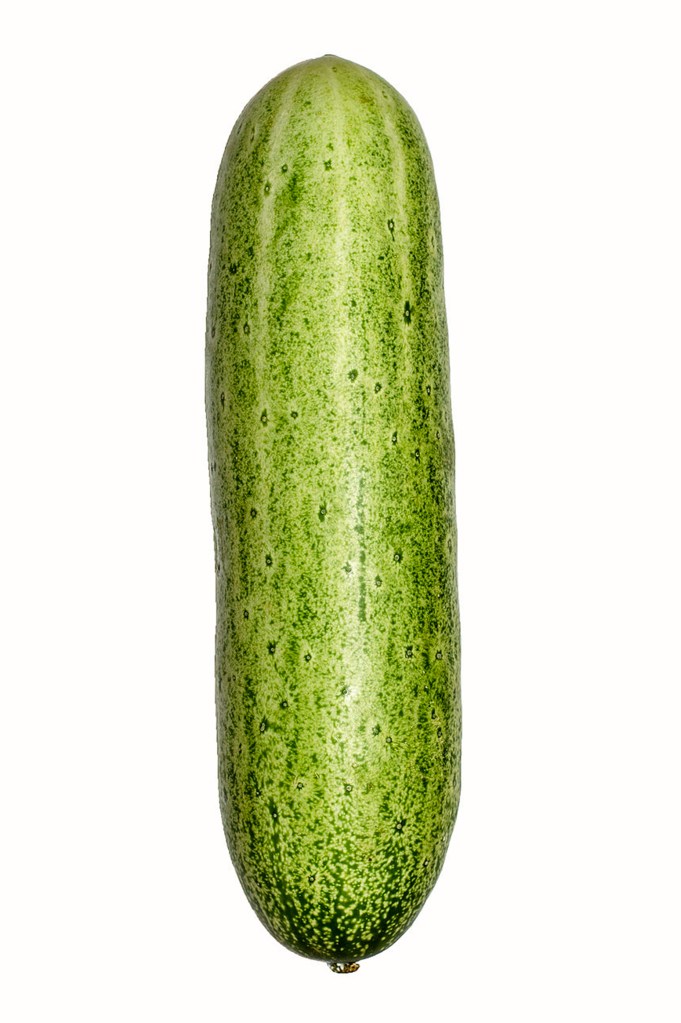ONE GARDENER TO ANOTHER: Low-calorie cucumbers are packed with nutrients
Published 6:45 am Monday, May 27, 2019

- Cucumber
Editor’s note: First in a series of articles spotlighting a variety of vegetables.
With so many home gardeners taking on vegetable gardening, I thought it would be a good time to single out a few of the more commonly grown veggies and give some growing tips as well as recipes to use for the harvest.
This week, the spotlight is on cucumbers. These low-calorie vegetables are about 95% water and only contain a trace amount of fat. Although mostly water, they are packed with nutrients.
A 100-gram serving, which is roughly 3.5 ounces, contains a whopping 147 mg of potassium, which is responsible for electrolyte balance and lowering blood pressure. They are also rich in calcium and phosphorus, which are both essential for healthy teeth and bones, and magnesium and vitamins C, K and A.
The cucumber originated in India and has been cultivated for at least 3,000 years. It is said that they hitched a ride with Christopher Columbus to Haiti in 1494, beginning their distribution around the new world.
Cucumbers have been attributed with curing bad breath, removing ink and lessening puffiness around eyes. They have also made it into the Guinness World Book of Records. The longest cucumber measured a staggering 42.1 inches, and the heaviest weighed over 23 pounds. Amazingly, the records are held by two different people, as the records are from two separate cucumbers.
Cucumbers like hot days and moist soil. Plant in full sun, and if possible, train them to grow up a trellis. This helps keep the fruit clean and saves space. They like fertile soil with a pH of 6.0 to 6.8. Work a few inches of compost into the soil when planting, and feed them with a low nitrogen fertilizer after they bloom and then every three to four weeks with either a continuous-release or water-soluble fertilizer. As with any fertilizer, follow label directions. And remember, more isn’t always better.
There are a few practices that can help keep cucumber beetles at bay. Plant non-bitter cucumber varieties, as the bitter compound will attract beetles. Interplant cucumbers with radishes, which repel beetles. Tansy, marigolds and nasturtiums also repel beetles. Keep the area free of weeds and debris that could lead to a bacterial disease.
The Alabama Cooperative Extension Services recommend the following varieties for Alabama gardens. However, there are many varieties worth exploring for various flavors and textures.
For pickling, try Calypso or Explorer; for slicing, Dasher II or Fanfare; and for salad bush variety, General Lee.
We are exploring Europe with these two takes on cucumber salad, from Greece and Germany. While the Greeks use an oil and vinegar-based dressing, the Germans prefer a creamier salad. This could be attributed to the countries’ climates, Greece being much warmer than Germany.
Whether used for salads, a vessel for dips or to make pickles, cucumbers are a versatile garden staple. Until next week, happy gardening.
Greek Cucumber Salad
Ingredients
• 2 cucumbers, peeled and cubed
• 4–6 Roma tomatoes, diced (or substitute grape tomatoes)
• Red onion, sliced thin
• 1/2 cup cubed or crumbled feta cheese
• 1/2 cup Kalamata olives, drained
• 1/4 cup vegetable oil (EVOO can be substituted)
• 2 tablespoons (or to taste) red wine vinegar
• 1 tablespoon dried oregano
• Salt and pepper, to taste.
Directions
In a large bowl, combine cucumbers, tomatoes, red onion and olives. In a small bowl or jar with a lid, combine oil, red wine vinegar, oregano, salt and pepper. Whisk or shake in jar until well blended.
Pour dressing over vegetables and gently mix to coat. Sprinkle crumbled feta over top of salad. Serve.
To make a hardier meal, add two cups of cooked bowtie or penne pasta and double the salad dressing recipe.
German Cucumber Salad (Gurkensalat)
Ingredients
• 2 English cucumbers, sliced thin
• 1/4 medium onion, sliced thin
• 1 teaspoon salt
• 1/2 cup sour cream
• 1 teaspoon sugar
• 2 tablespoons apple cider vinegar (can substitute white)
• 1–2 teaspoons fresh dill, chopped
• 1 teaspoon fresh parsley, chopped; and
• Salt and pepper, to taste.
Directions
Places sliced cucumbers in a bowl or in a mesh strainer over a bowl, sprinkle with salt and mix. This is done to draw out some of the water in the cucumber. Let rest 30 minutes; pour off excess water.
In a separate bowl, mix sour cream, sugar, vinegar, dill and parsley. Season with salt and pepper.
Mix drained cucumbers with onion and dressing. Refrigerate for at least 4 hours to allow flavors to develop. Additional chopped dill can be sprinkled on top just before serving.
— Irland, a member of the Limestone County Master Gardeners, can be reached at kippirland@hotmail.com. For more information on the Limestone County Master Gardeners, visit http://mg.aces.edu/limestone.




